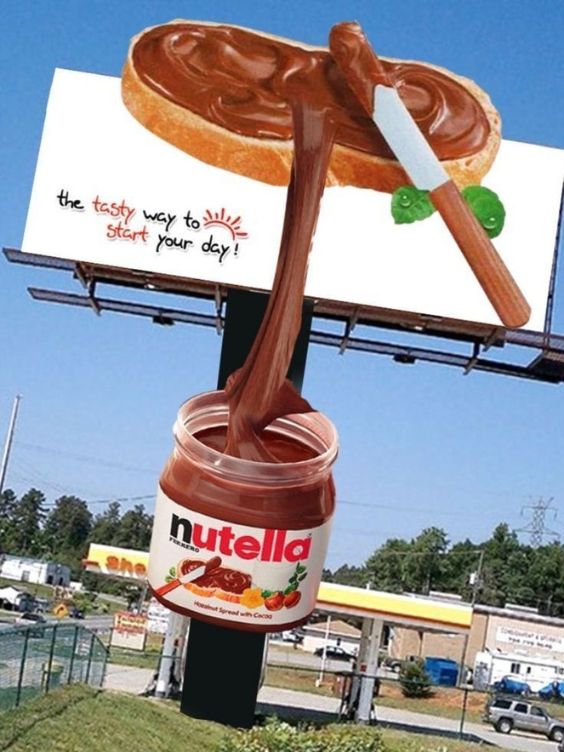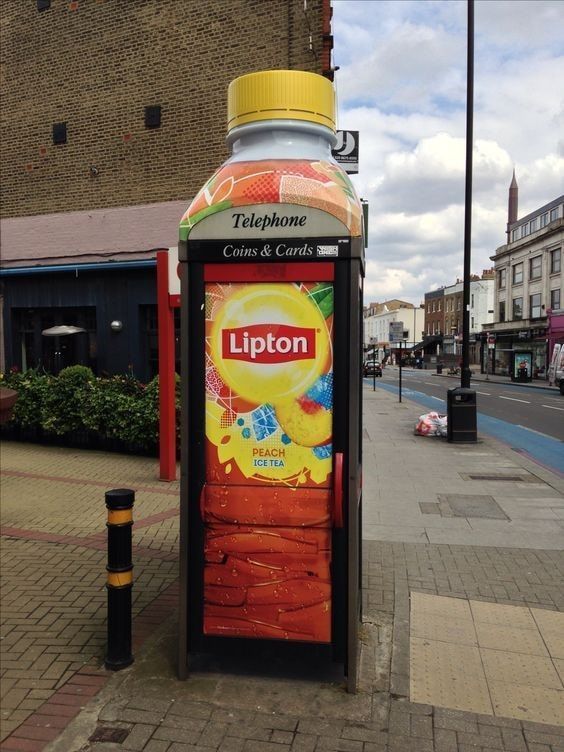
Imagine an advertising campaign that doesn't just grab attention, but seizes it with irresistible force by creating a lasting impression in the minds of consumers, generating high brand recognition through unusual and creative tactics.
Guerrilla marketing does just that. Born of the imagination of bold minds eager to stand out from the crowd without spending a fortune, this concept turns the rules of the marketing game on their head.
But where does this revolutionary approach come from, and why is it called “guerrilla”?


Guerrilla marketing is an unconventional advertising strategy that breaks with traditional marketing practices, using creative and often surprising techniques to attract the public's attention.
Unlike traditional marketing, guerrilla marketing stands out for its originality, relatively low cost, and ability to generate a strong, immediate impact.

Guerrilla marketing is characterized by its ability to use public places in innovative ways.
When we talk about public places, anything can be integrated: sidewalks, walls, or even everyday objects such as benches or lampposts.
This approach transforms the urban environment into an unexpected advertising medium, surprising consumers and encouraging interaction.
Using public places as a medium is a clever tactic. Techniques such as flash mobs, interactive installations, spontaneous artistic performances, or temporary installations in public spaces invite participation and create memorable brand experiences.

Let's go back in time to the birth of guerrilla marketing.
The strategy was initiated by Jay Conrad Levinson, an American advertising executive who popularized the term in his 1984 book, "Guerrilla Marketing."
Levinson's idea was to help small businesses with limited resources compete against larger companies by capturing public attention with unconventional, creative, and low-cost tactics, rather than relying on expensive traditional advertising methods.
This book had a significant impact in the marketing world, providing a lifeline for businesses of all sizes to achieve astonishing results, particularly for those looking to optimize their resources.

The term “guerrilla marketing” is inspired by the military tactic of “guerrilla warfare,” where small groups use unconventional methods to harass larger, better-equipped forces.
In the marketing world, this analogy holds as small businesses can compete with large corporations through clever and creative tactics.
The element of surprise, innovation, and intelligent use of resources enables companies to capture attention effectively, even with modest means.
Thus, "guerrilla" in this context represents an unexpected, original advertising attack aimed at achieving maximum impact with minimal resources.

Guerrilla marketing can take many forms, such as:

Guerrilla marketing has a number of advantages!
It can be effective even on a limited budget. It allows better understanding of brand sentiment by observing people's reactions, and it offers maximum exposure.
The media can also talk about it, increasing visibility, without forgetting. that it facilitates the establishment, of beneficial partnerships with venues, organizations, festivals
or other brands.
Like any strategy or technique, this type of marketing can include a number of inconvenient if poorly introduced.
For example, some forms of guerrilla marketing use ambush, filming or scare tactics. Which can embarrass or frighten people. This type of marketing can also expose the brand to legal problems, or bad publicity. depending on the outcome of the campaign.

To ensure the success of a guerrilla marketing campaign, it's essential to follow key principles.
These include developing a fun and original idea. That surprises and engages potential customers, while using local space, or culture respectfully.
Encourage public participation, ensure the campaign aligns with your brand’s positioning, and clearly define the message you wish to convey. Importantly, the campaign must be legal, mindful of potential controversies, and designed to maximize its viral potential.
Finally, documenting and measuring the results is crucial for assessing its overall impact and effectiveness.